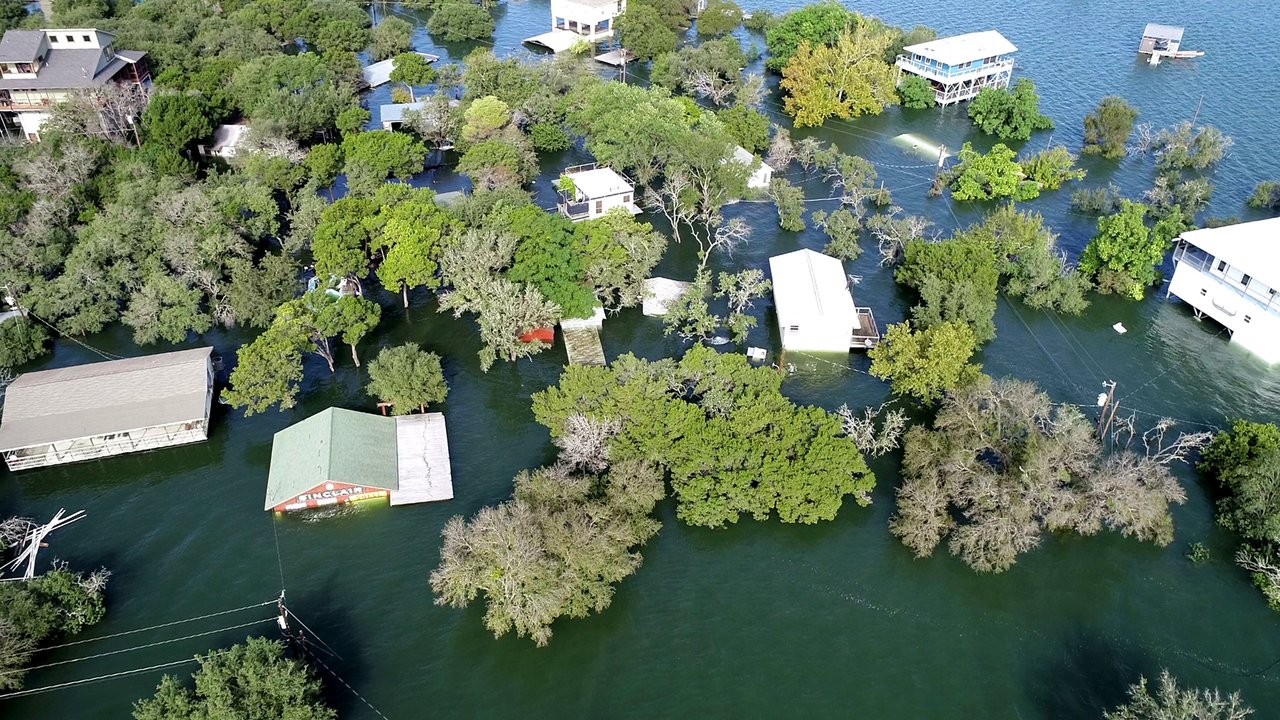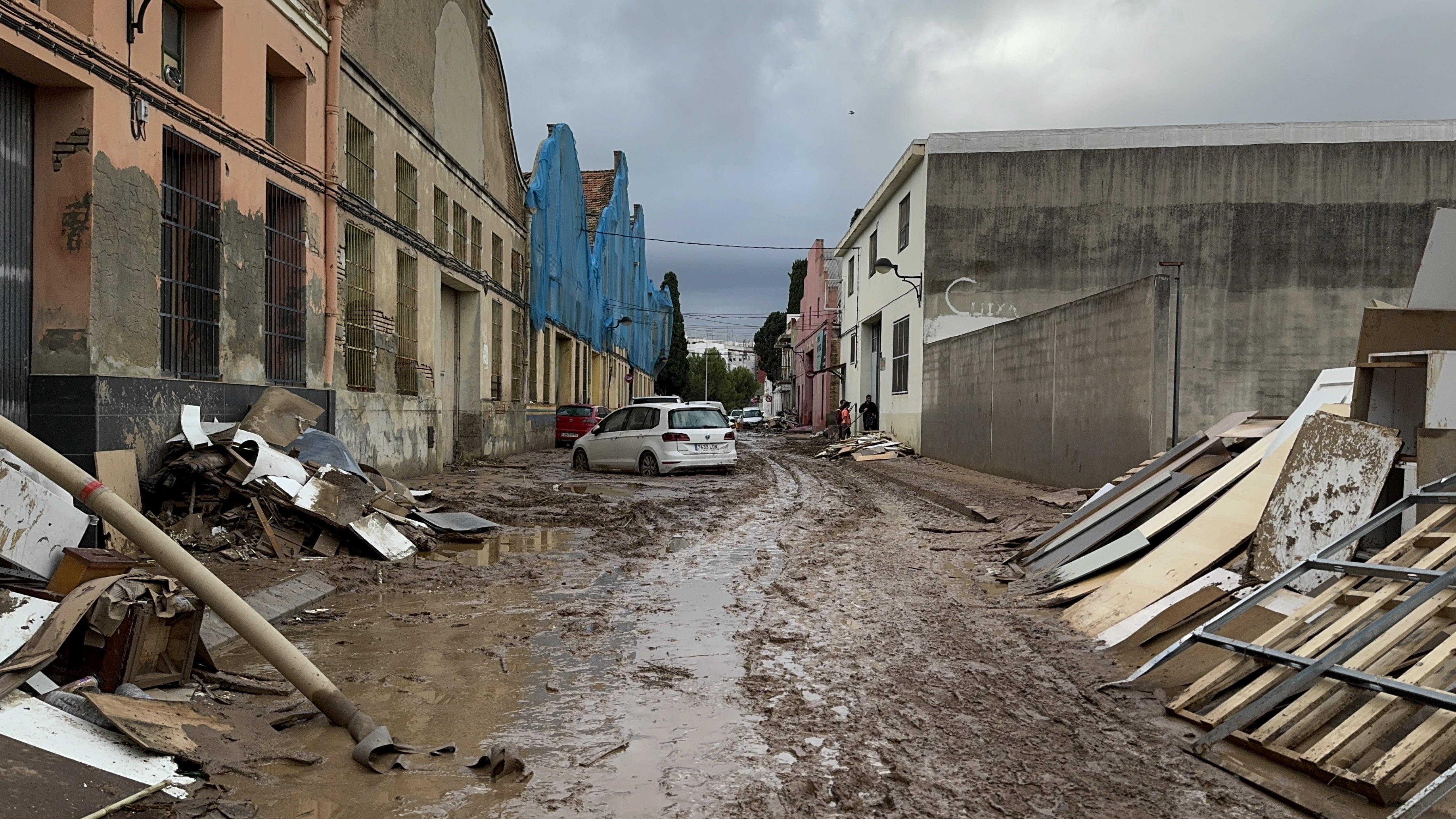properties.trackTitle
properties.trackSubtitle
Hurricanes, storms, floods and wildfires: climate change is affecting natural hazard risks
The last 11 years were the warmest ever. In the record-setting year of 2024, the mean temperature was around 1.5°C above pre-industrial levels.
Climate change is real and is influencing weather-related natural disasters around the world. The risk situation is changing in various ways, depending on the region and the natural hazard in question, for example tropical cyclones, thunderstorms, floods and wildfires.
Climate change and its impacts: what we know so far
The current scientific consensus is that anthropogenic greenhouse gas emissions since the beginning of industrialisation are almost entirely responsible for rising temperatures in the atmosphere and oceans. Global warming has various consequences:
- Sea ice and glaciers are melting. The sea level is rising at an accelerating pace at a current rate of 4.7 mm per year on average, according to the World Meteorological Organization (WMO). This trend increases risks in connection with storm surges, as it means that even weaker tidal waves could spill over levees that haven’t been modified.
- Higher temperatures result in greater evaporation. Air that is 1°C warmer can absorb about 7% more moisture. Coupled with the higher energy content in a warming atmosphere, this leads to more severe weather disasters.
- As weather extremes become more frequent and/or intense, losses will increase unless specific mitigation measures are implemented. Construction engineering measures are one possibility, as are changes in land use.
- There is compelling scientific evidence for the influence of climate change on severe thunderstorms accompanied by hail in Europe, on wildfires in California, and on heatwaves, droughts and heavy rainfall.
- In recent years, tropical storms (called hurricanes, typhoons or cyclones, depending on the region where they occur) have been accompanied by increasingly extreme precipitation. There are also indications that, while the total number has remained largely unchanged, the proportion of especially severe storms is on the rise.
Individual loss events cannot be attributed to climate change alone. Nevertheless, the analysis of long-term trends based on climatological, underwriting and socio-economic data offers valuable insights into the evolving risks caused by weather-related hazards.
Insurers need to fully understand these changes for their own risk management. Over the past five decades, Munich Re has analysed the effects of global warming and natural climate variations on weather-related natural disasters. We focus on the risks involved, loss prevention, and new risk-transfer concepts. We use long-term meteorological and loss data to understand changes in risks and to adjust our high-resolution risk models accordingly. With this expertise, we can continue to provide our clients with the same risk capacity or, in some cases, even more.
Decisive action required
More prevention is vital
Curbing climate change
Newsletter
Solutions for the assessment and management of risks
Reinsurance solutions
Industry solutions
Contact our experts


















